Related Research Articles

The 1820s was a decade of the Gregorian calendar that began on January 1, 1820, and ended on December 31, 1829.

David Douglas was a Scottish botanist, best known as the namesake of the Douglas fir. He worked as a gardener, and explored the Scottish Highlands, North America, and Hawaii, where he died. The standard author abbreviation Douglas is used to indicate this person as the author when citing a botanical name.
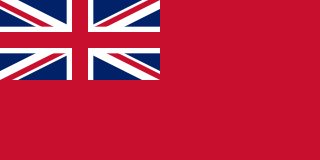
The Red River Colony, also known as Assiniboia, was a colonization project set up in 1811 by Thomas Douglas, 5th Earl of Selkirk, on 300,000 square kilometres (120,000 sq mi) of land in British North America. This land was granted to Douglas by the Hudson's Bay Company in the Selkirk Concession. It included portions of Rupert's Land, or the watershed of Hudson Bay, bounded on the north by the line of 52° N latitude roughly from the Assiniboine River east to Lake Winnipegosis. It then formed a line of 52° 30′ N latitude from Lake Winnipegosis to Lake Winnipeg, and by the Winnipeg River, Lake of the Woods and Rainy River.

Major General Sir Thomas Makdougall Brisbane, 1st Baronet,, was a British Army officer, administrator, and astronomer. Upon the recommendation of the Duke of Wellington, with whom he had served, he was appointed governor of New South Wales from 1821 to 1825.
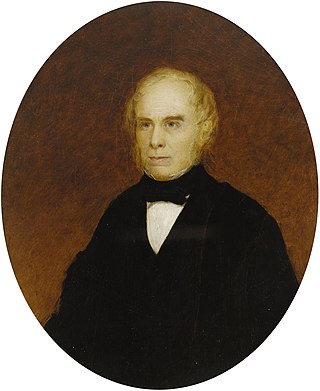
William MacGillivray FRSE was a Scottish naturalist and ornithologist.

John Palliser was an Irish-born geographer and explorer. Following his service in the Waterford Militia and hunting excursions to the North American prairies, he led the British North American Exploring Expedition which investigated the geography, climate and ecology of what would later become western Canada.

Sir Gilbert Blane of Blanefield, 1st Baronet FRSE FRS MRCP was a Scottish physician who instituted health reform in the Royal Navy. He saw action against both the French and Spanish fleets, and later served as a Commissioner on the Sick and Wounded Board of the Admiralty.

USS Potomac was a frigate in the United States Navy laid down by the Washington Navy Yard in August 1819 and launched in March 1822. Fitting out was not completed until 1831, when Captain John Downes assumed command as first commanding officer. Although called a "44" 1st class, she was built to mount 32 carronades on her spar deck, 30 long guns on her gun deck, two bow and three stern chasers on each of these decks, significantly under-rating her on the rating system of the Royal Navy.

William Daniel Conybeare FRS, dean of Llandaff, was an English geologist, palaeontologist and clergyman. He is probably best known for his ground-breaking work on fossils and excavation in the 1820s, including important papers for the Geological Society of London on ichthyosaur anatomy and the first published scientific description of a plesiosaur.

The Medical and Chirurgical Society of London was a learned society of physicians and surgeons which was founded in 1805 by 26 practitioners in these fields, who left the Medical Society of London in reaction to the autocratic style of its president, James Sims. Among its founders there were William Saunders (1743–1817), its first president; John Yelloly (1774–1842), Sir Astley Cooper (1768–1841), the first treasurer; Alexander Marcet (1770–1822) and Peter Mark Roget (1779–1869).
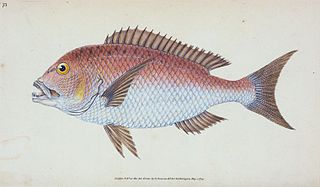
Edward Donovan was an Anglo-Irish writer, natural history illustrator, and amateur zoologist. He did not travel, but collected, described and illustrated many species based on the collections of other naturalists. His many books were successful in his time. He died penniless in 1837 leaving a large family destitute.
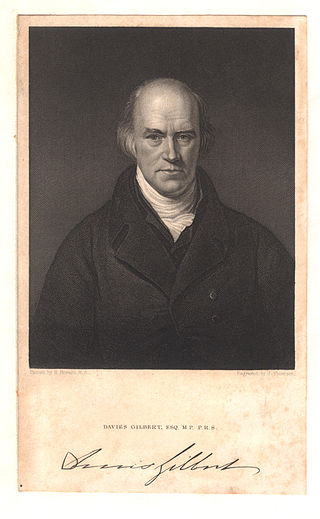
Davies Gilbert was an Cornish engineer, author, and politician. He was elected to the Royal Society on 17 November 1791 and served as President of the Royal Society from 1827 to 1830. He changed his name to Gilbert in 1817.

Strathblane is a village and parish in the registration county of Stirlingshire, situated in the southwestern part of the Stirling council area, in central Scotland. It lies at the foothills of the Campsie Fells and the Kilpatrick Hills on the Blane Water, 12 miles (19 km) north of Glasgow, 14 miles (23 km) east-southeast of Dumbarton, and 20 miles (32 km) southwest of Stirling. Strathblane is a dormitory village for Greater Glasgow, and has a total resident population of 1,811.

Sir Edward Thornton, FRS was a British diplomat, and father of Sir Edward Thornton (1817–1906).

Franz Ludwig Freiherr (Baron) von Bibra, Sr. was a soldier, author, and early settler of Tasmania, Australia.
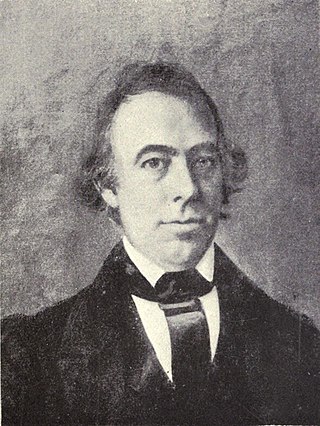
William Richards was a missionary and politician in the Kingdom of Hawaii.

The Blane Baronetcy, of Blanefield in the County of Ayr, was a title in the Baronetage of the United Kingdom. It was created on 26 December 1812 for the Scottish physician Gilbert Blane, known for his reforms in naval hygiene and medicine.

Foliejon Park is a manorial country house in the civil parish of Winkfield in the English county of Berkshire. The building has been listed as Grade II since 7 December 1966 and was the temporary residence of King Haakon VII during the Nazi occupation of Norway.

John West was the first Anglican priest in Western Canada and a teacher, reformer and author. A missionary of the Church Missionary Society and a chaplain for the Hudson's Bay Company, the chapel he founded in Winnipeg became St John's Cathedral. Among his converts was Henry Budd, the first Native American ordained an Anglican priest.
Arthur MacLoughlin Broome was an English clergyman and campaigner for animal welfare. He was one of a group of creators of the Royal Society for the Prevention of Cruelty to Animals (RSPCA) in 1824. Broome was appointed as the original society's first Secretary, a post he held until 1828. He held posts at various churches in London, Essex, and Kent, and supported an appeal for earthquake relief in Syria. He wrote about animal theology and also about two 17th-century English clergy. He was guarantor for the RSPCA's debts, which led to his financial ruin and in April 1826 he was sent to a debtors' prison.
References
- ↑ "Obituary. William Blane". The Gentleman's Magazine. 160: 565. May 1836.
- 1 2 3 "Blane, William, Esq.". Biographical Dictionary of the Living Authors of Great Britain and Ireland. Printed for H. Colburn. 1816. p. 30.
- ↑ Former Fellows of the Royal Society of Edinburgh 1783–2002
- ↑ "Obit. William N. Blane". The Examiner (934, Part 87): 222. 1826.
- ↑ Blane, William N. (1824). An excursion through the United States and Canada during the years 1822–1823. London: Baldwin, Cradock, & Joy.